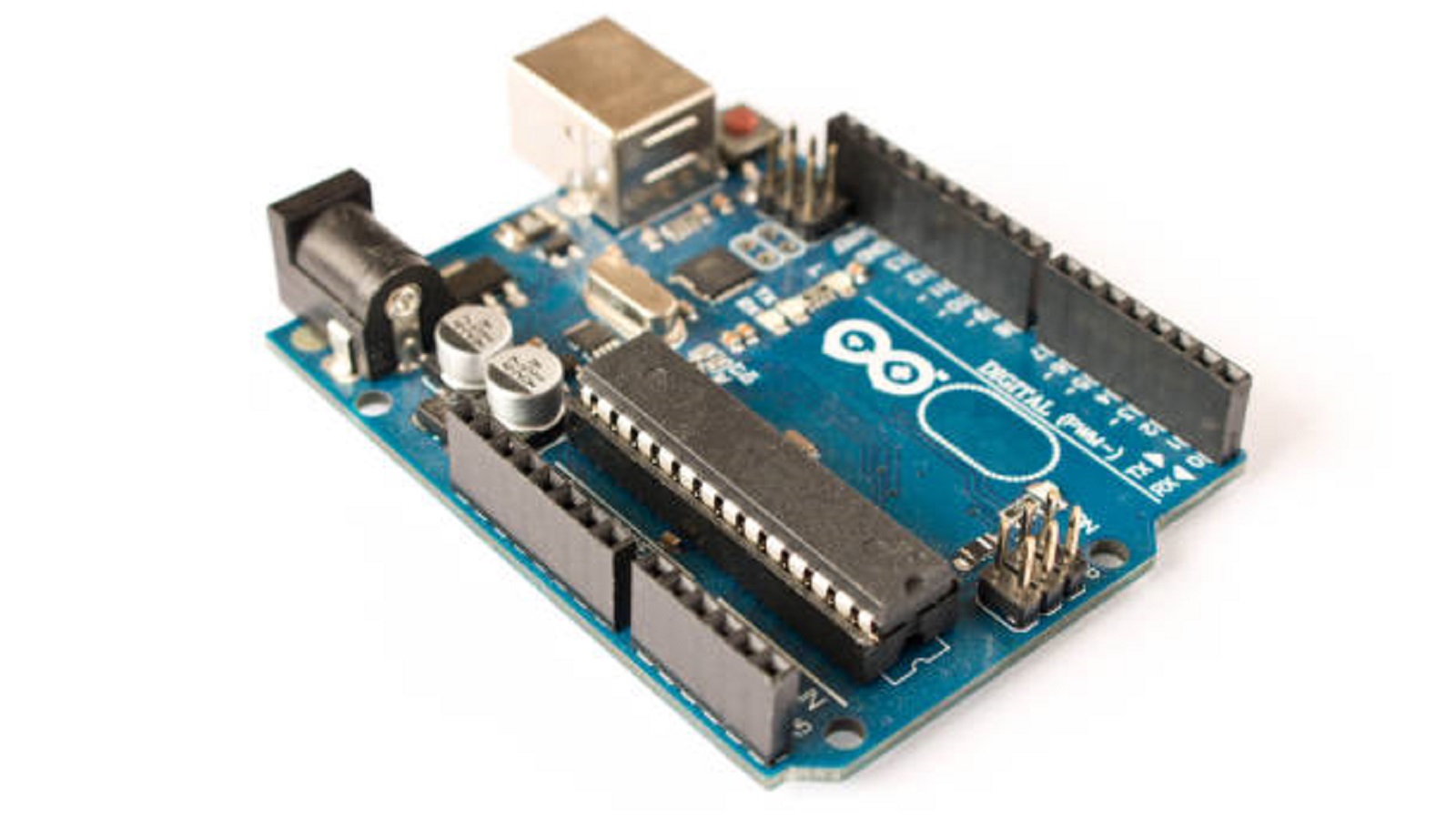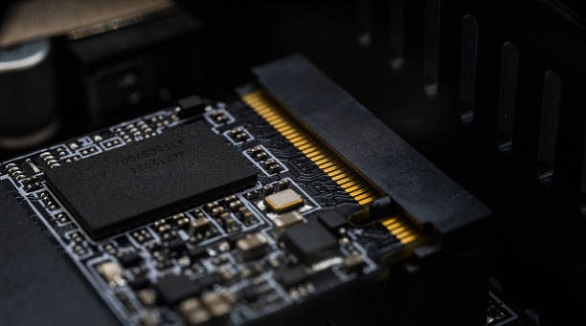Raspberry Pi Pico vs. Arduino
Raspberry Pi Pico offers affordability and power for DIY projects, while Arduino excels in modularity and community support, catering to diverse project needs.
Microcontrollers are the significant building blocks of creativity and functionality in a lot of projects regarding rapid advancement in the world of electronics and digital innovations. Presently, one of the highly regarded microcontroller platforms is Raspberry Pi Pico and Arduino family, both of which help enable hobbyists, educators, and professionals in bringing DIY projects into reality. The article below does an in-depth comparison of the two platforms, features, and capabilities, and the selection of an appropriate microcontroller to meet one's needs.
A microcontroller is an integrated circuit used to perform the management functions for an embedded system. It contains the computing power necessary to execute a digital task, albeit minimal, without having to rely on a full computer system. Arduino and Raspberry Pi Pico have democratized access to microcontrollers by simplifying processes such that even newcomers with experience in limited coding could work with them.
Processing Power
The Raspberry Pi Pico steps up the pace in computational capability, housing the RP2040 microcontroller, hosting a dual-core ARM Cortex-M0+ processor running at 133MHz. This makes it especially powerful for computation-heavy applications or tasks that require parallel processing.
Arduino boards are very different, however. The one with which most people start is the classic Arduino Uno, running an ATmega328P microcontroller at 16MHz. Power users, on the other hand, might be tempted by the Arduino Giga R1 WiFi, a strong device with up to 480MHz performance and advanced features such as integrated Wi-Fi.
While the Raspberry Pi Pico is a more affordable and powerful choice, Arduino provides choices from simple to advanced boards. For basic uses, the Pico can't be beat in terms of bang for its buck, sometimes coming in a third of the cost of comparable Arduino boards.

Hardware Specifications: Pins and Peripherals
One of the most important considerations in choosing a microcontroller is hardware setup. In this regard, the hardware configuration of the Raspberry Pi Pico includes 26 GPIO pins that permit different types of connectivity and supports analog PWM and digital I/O operations.
By contrast, Arduino hardware options are varied. The Arduino Nano Every, which is the closest in form factor to the Pico, boasts an impressive 22 GPIOs, including 8 analog inputs and 5 PWM pins with 3.3- and 5-volt power options. A few less than what the Pico offers, but sufficient to give it versatility for almost all forms of DIY projects.
Placement options and availability of pins including ground and power can affect project design, ease of integration, and great care must be taken in assessing the same based on project needs.
Shields and Hats: Expanding Horizons
One of the major benefits of Arduino is the ecosystem of shields, expansion boards that connect seamlessly onto an Arduino board to extend its functionality. Shields can provide it with wireless capability, extra and more I/O ports, sensors, displays, and so on, greatly extending what an Arduino project can do.
While the Pico also supports add-ons called "hats," the ecosystem is still not as mature. These hats offer functionalities such as motor control, displays, and connectivity but are still not as varied compared to Arduino shields. Thus, when modular expansion and ease of enhancement are of essence, the Arduino ecosystem offers the best support.
Board Options: Types and Variability
Further underlined is the power of Arduino by having a wide range of variants for boards, targeting everything from the smallest Arduino Nano to the feature-rich Arduino Mega, targeting an enormous span of needs. All this diversity enables users to choose models in perfect accord with their goals for certain projects-be it basic electronics, complicated robotics, or even IoT applications.
While not as varied, Raspberry Pi Pico has the Pico W version that adds onboard Wi-Fi and Bluetooth. Though at a lesser scale, the Pico series is still appealing-especially now that the Pico W delivers entry-level wireless at a more affordable price than Arduino's.
IoT and Connectivity
Both Raspberry Pi Pico and Arduino hold importance in the newly emerged IoT. Moreover, most the Pico W can have Wi-Fi and Bluetooth for any IoT project that requires an internet connection or communication from one device to another. It also supports MicroPython to make programming easier and smooth in building quick prototyping of IoT projects.
Arduino, on the other hand, contains models for IoT applications, like Arduino Uno R4 WiFi and Arduino Nano RP2040 Connect. It introduces high-value features targeted explicitly at connected applications. These models often involve extra sensors, communication protocols, sometimes with secure Wi-Fi modules, thus positioning them better in demanding IoT settings or projects that have an advantage of added data security.
The newly released Arduino Nano ESP32 also combines ESP32's powerful wireless with the more familiar Arduino form factor, further exemplifying how Arduino is committed to making innovation in IoT-easy to reach a balance with a compact design and comprehensive connectivity.
Programming and Development Environments
The development environment used can make quite a difference in ease and fun while programming microcontrollers. Arduino uses an Arduino IDE, which is also one of the most popular choices due to its ease of use and wide-ranging library support. It majorly helps foster a community-friendly atmosphere for new learners.
The Raspberry Pi Pico can be programmed with either the versatile Thonny IDE or in C/C++ with the official Pico SDK. Support for MicroPython thus entails a modern and adaptive way of programming, useful in education and rapid prototyping.
Both systems have, for more advanced development, been extended with integration into the VSCode environment. This powerful free code editor supports extensions for Arduino and Pico, which can support features such as code completion, debugging, and integrated terminal support to make a professional-level coding experience.
Community and Support
A major reason for Arduino's sustained popularity has to do with the active community online. Shared tutorials, forums, and projects make a bounty of support that greatly smoothes out the learning curve and encourages creativity.
The Raspberry Pi Pico is much newer, but quickly built up its own constituents. The platform documentation is expanding; community involvement in the form of created tutorials and Pico-specific forums is increasingly available.

The choice between Raspberry Pi Pico and Arduino will come down to project goals and budgetary constraints, so basically, down to your personal preference. For most users who want an affordable solution with high processing power and the possibility of wireless communication, Raspberry Pi Pico is the best bang for the buck. On the other hand, Arduino remains in its flexible and powerful position with Community-backed horsepower, very suitable for projects that involve high modularity and different form factors.
Both platforms represent the spirit of innovation and education through exploration and learning that allows them to create complex systems-from simple sensor nodes to full-fledged IoT networks. Your choice of microcontroller will make the difference as to which direction the development of your project takes, and acceptance of the right technology is of much importance so that creativity flourishes and triumphs may emerge in the digital space.
Hot Tags:
Contact us

If you can't find what you're looking for, please contact us.
Article

Arduino Nano and Micro differ mainly in USB capability and I/O options, with Nano suited for simple projects and Micro for USB-intensive, compact applications.

Black FR4 PCBs offer aesthetic and functional benefits, including light blocking, heat dissipation, and enhanced signal performance, suitable for electronics.

Capacitors are crucial in circuits for storing energy. Testing methods include in-circuit and out-of-circuit using digital multimeters, ESR, and LCR meters. Proper testing ensures reliability and prevents malfunctions.
